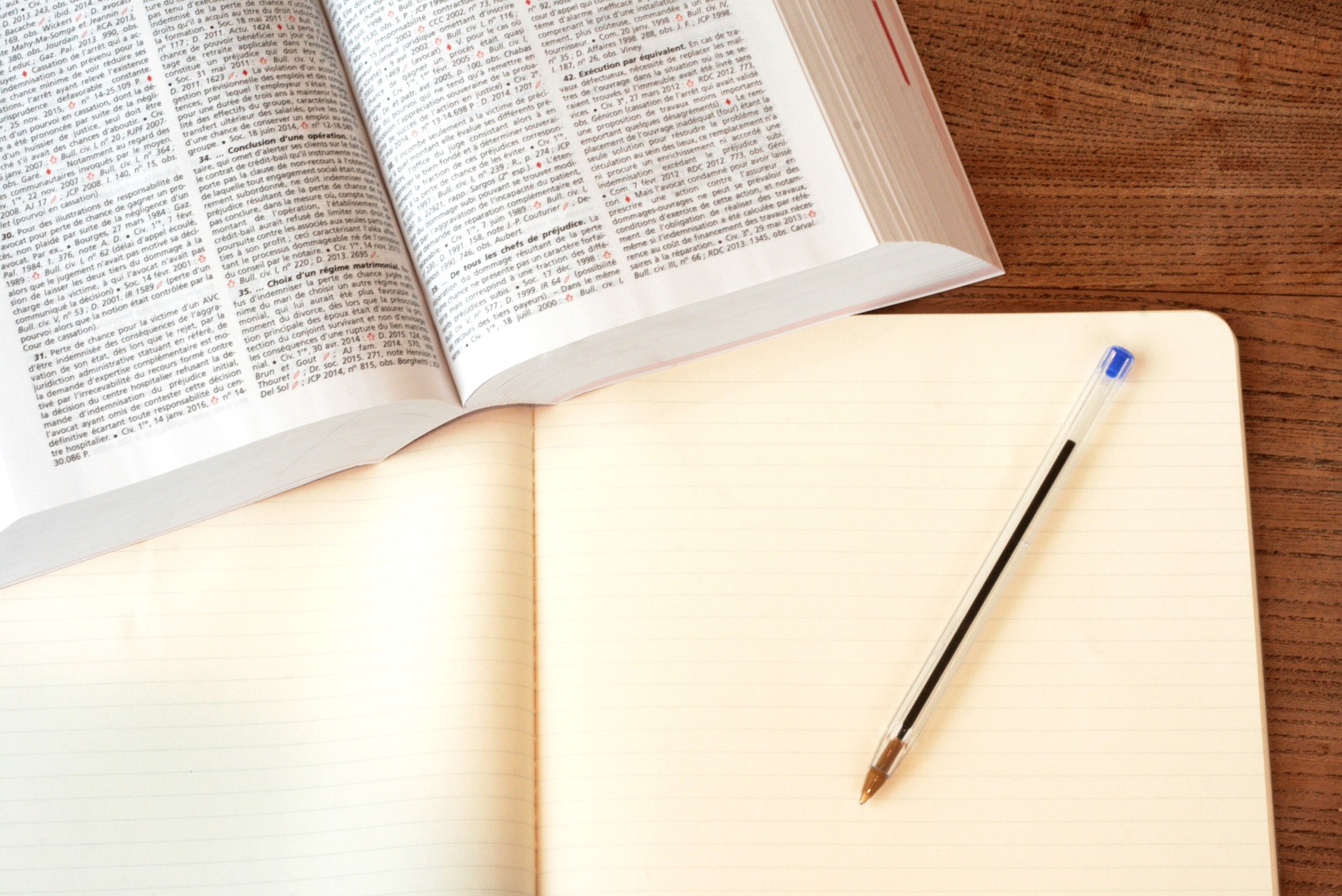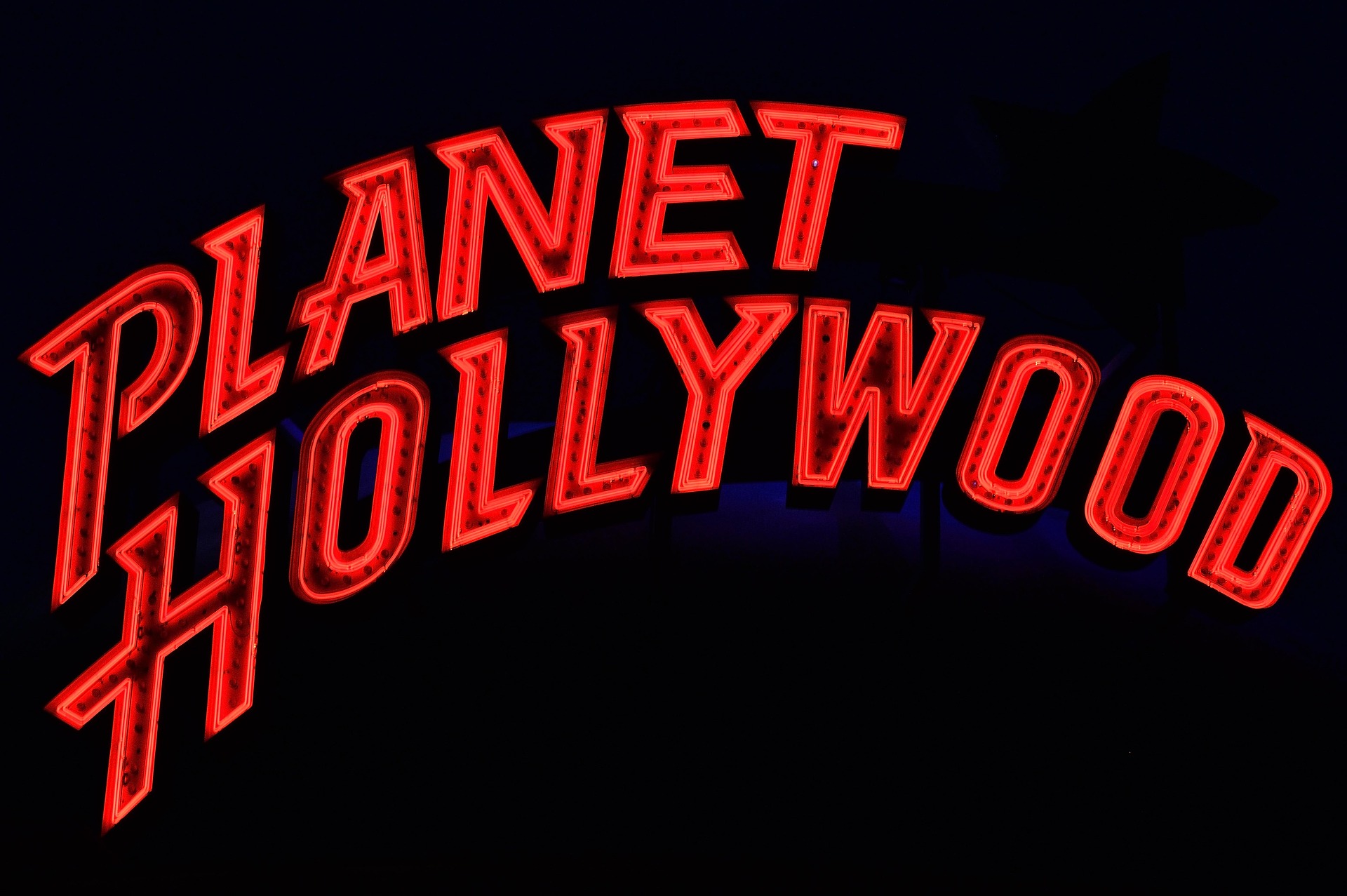Advancements in Artificial Intelligence: Revising the U.S. Copyright Law
Artificial Intelligence (AI) is dramatically transforming various aspects of modern life and stirring a critical conversation in the American legal landscape: the rights and protections of AI-generated works under the existing copyright law.

Historical Background on U.S Copyright Law
The U.S. copyright law has evolved over centuries, with roots tracing back to England’s Statute of Anne in 1710. Entered into law amid technological disruptions like the printing press, the U.S. Copyright Act intends to promote the progress of arts and sciences by protecting creators’ rights. Since then, every major technological advancement—photography, sound recording, film—has brought about legal challenges and subsequent changes in copyright legislation.
AI Taking Center Stage in Contemporary Legal Discussions
AI, with its capacity to create works independently, has ushered the U.S copyright law into a new era. In particular, the rise of AI-generated arts, writings, and music has blurred the boundaries between human creativity and machine productivity. Unlike previous technologies hinging on human-driven creativity, AI operates autonomously, churning out products that can earn copyrights. This raises the question: who owns copyright of AI-generated works—the AI programmers, the AI owners, or the AI itself?
The Current View and Legislation
Currently, the U.S Copyright Office maintains that for a work to be copyrightable, it must be created by a human being, sidelining AI works from copyright protection. This position was reinforced in the 2014 case involving a macaque monkey selfie— “Naruto v. Slater” —where the court ruled that animals could not own copyrights. Given the Office’s stance and court rulings, AI-generated works currently fall into public domain.
Implications of Current Policy and Legal Predictions
The absence of copyright protection for AI-generated works may discourage investment in AI technology, dampening the progress of this vital field. On the flip side, treating AI as authors could override human ownership rights, disrupting the essence of copyright law. A potential legal resolution may involve recognizing AI as a tool used by human authors much in line with cameras or paintbrushes, crediting the final copyright to the human operator.
The world waits with bated breath as legal practitioners, regulators, and AI enthusiasts grapple with these novel dilemmas. The outcomes of these disputes will not only reshape the U.S. copyright law but also set global examples for addressing the legal challenges of AI. This era of AI technology, then, provides a unique opportunity for the legal field to revisit its basic principles and expand its boundaries to meet this rapidly advancing future. With the line between creator and creation becoming increasingly blurred, the need for a comprehensive review and reform of the U.S. copyright law has never been so urgent.




